Vashon Island History
Vashon Island, a jewel nestled in the heart of Puget Sound, boasts a rich tapestry of history that spans from its early indigenous inhabitants to its vibrant present-day community.
Discover the Rich History of Vashon-Maury Island
Nestled in the heart of Puget Sound, Vashon-Maury Island in King County, Washington, stands as a bastion against the urban sprawl encroaching from nearby Seattle and Tacoma. Its geographic isolation, enforced by the lack of bridges connecting it to the mainland, preserves a unique historical tapestry. Home to 10,000 residents, the island celebrates its rich heritage with events like the annual Strawberry Festival and is renowned for its organic farming. The slow, steady growth from its pioneer days maintains the island’s rustic charm, reminiscent of a bygone era. Charted first by Captain George Vancouver in 1792, the island was later connected to Maury Island in 1916, forming a combined area of nearly 40 square miles.
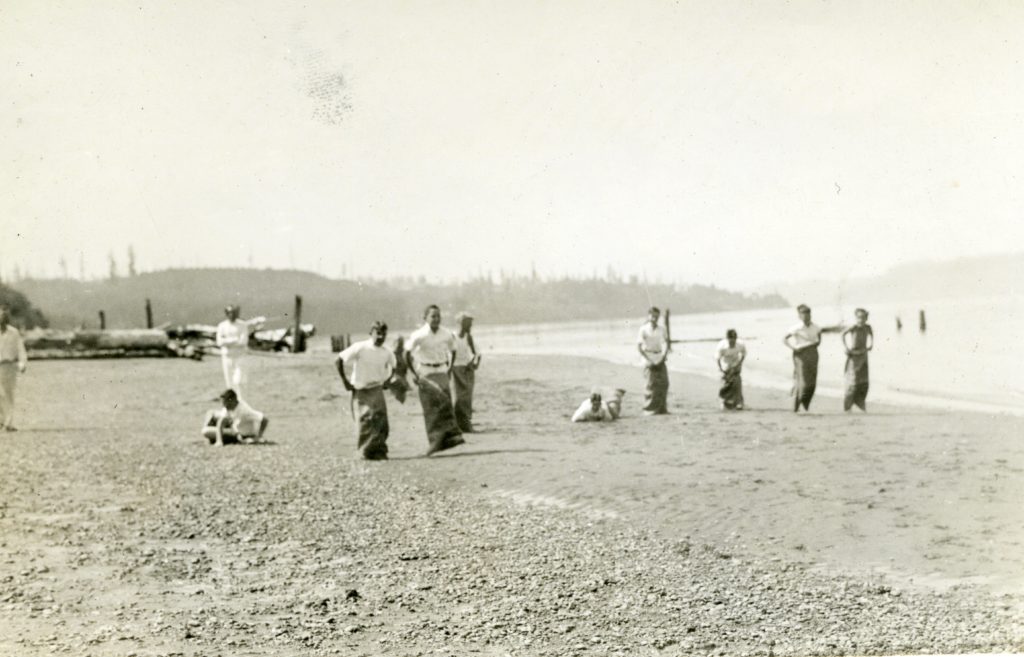
More Resources on Vashon’s History
The Vashon History site contains links to the Vashon-Maury Island Timeline, the Vashon-Maury Island Place Name Project, an extensive Bibliography of Vashon-Maury Island print resources, and links to Vashon Organizations. For more information visit the website at vashonhistory.com
The Vashon-Maury Island Heritage Association Museum houses a permanent exhibit, periodic special exhibits, a History Resource Room, and an extensive archive of island photographs and other materials.The Museum is open Wednesday through Sunday from 1:00 pm to 4:00 pm. Admission is by Donation. Visit the website for more information at vashonheritagemuseum.org
Early Native American Presence on Vashon-Maury Island
Exploring the origins of Vashon-Maury Island unveils a rich historical landscape shaped by its earliest settlers, the Native American tribes.
Delving into the earliest chapters of Vashon-Maury Island’s history reveals a deep-rooted connection to its first inhabitants, the Native Americans, whose presence and culture laid the foundational narrative of the island.
Historical data on the first Native Americans to settle Vashon-Maury Island is scant, but archaeological findings and cultural histories suggest human activity in the region dating back as far as 10,000 years ago. The Tulalip Indians, among others, populated villages along the shores of both islands. These tribes, including the Suquamish, utilized Vashon Island as a seasonal encampment for fishing, hunting, and gathering, thriving thanks to the abundant resources of the Central Puget Sound Basin. The many waterways and inlets facilitated easy canoe travel, further enriching their lives. Up until the late 1700s, only American Indians inhabited Vashon-Maury Island. While some place names, such as Manzanita Beach, Kitsap Peninsula, and Chautauqua Elementary School, preserve the legacy of these Indigenous communities, others, like the village of Tahlequah on the southern shore, were dubbed by white settlers, reflecting a mix of original and assigned Native American names that endure on the island today.
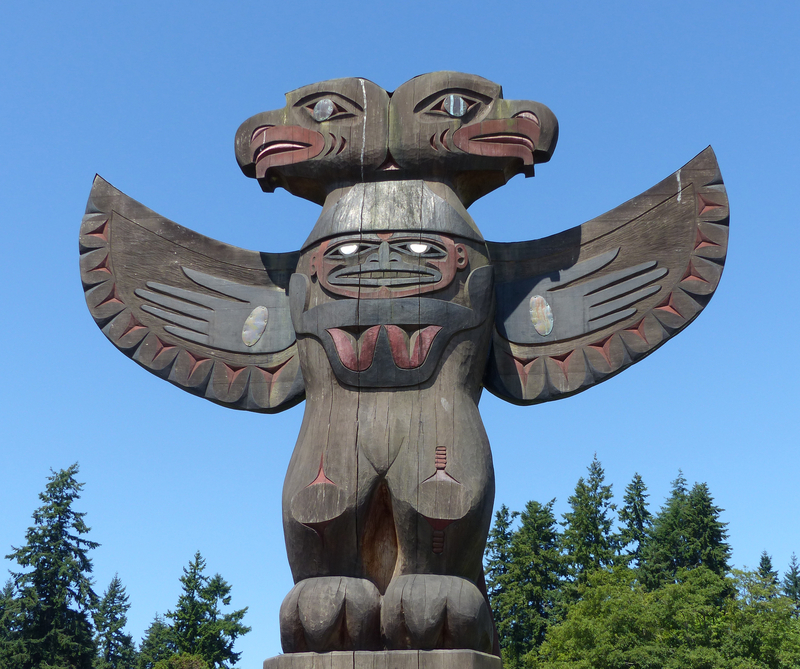
A Journey Through Time and Transformation
Vashon Island, nestled in Puget Sound, Washington, has transformed from untouched wilderness into a vibrant community. The journey began in the 1790s with the British Navy exploring for the Northwest Passage. By the 19th century, American explorers like Captain Charles Wilkes mapped the area, paving the way for agricultural development. The fertile lands attracted settlers who innovated transportation to link their produce to Seattle and Tacoma markets. Japanese immigrants significantly enriched the island’s agriculture, especially with strawberry farming, despite facing wartime internment challenges. Vashon also hosted a bustling shipbuilding industry in Dockton until the late 1920s. The island’s connectivity evolved from the Mosquito fleet to modern Washington State Ferries, enhancing regional integration. Additionally, the development of postal services mirrors Vashon’s growth, ensuring essential communication links. These historical facets illustrate Vashon’s rich tapestry marked by resilience and innovation.

Agriculture Development
Vashon Island’s fertile land supported robust agriculture from the late 19th century. Farmers innovated in transportation to ship produce to Seattle and Tacoma, reaching peak yields in the early 20th century. This era defined Vashon as a farming community.
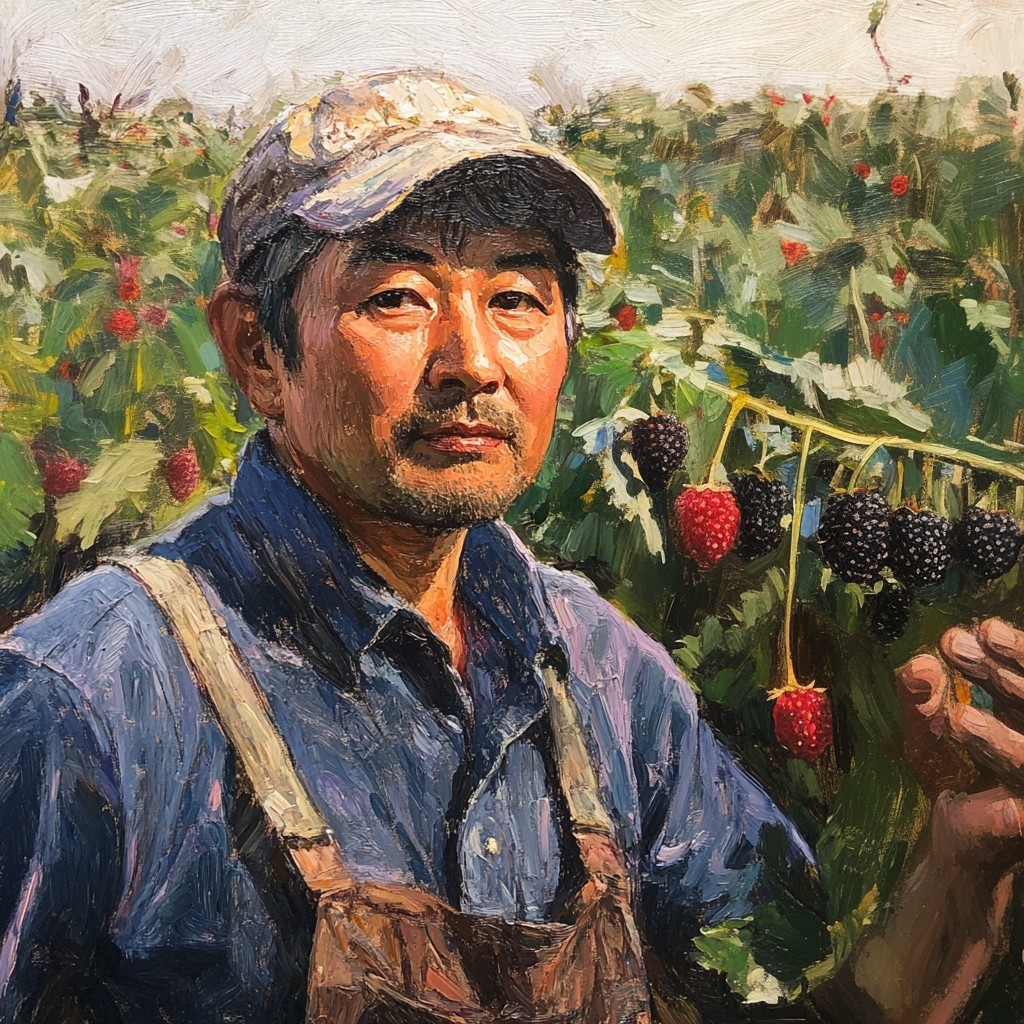
Japanese-American Contributions
Starting in the 1880s, Japanese immigrants profoundly shaped Vashon’s agricultural landscape, especially in strawberry farming. Their innovations and resilience helped establish a strong farming culture on the island, despite facing ownership restrictions and the severe impacts of wartime internment during WWII. Many were forced to leave their farms, and few returned post-war. However, their legacy endures, exemplified by the Mukai Farm and Garden, which now stands as a cultural heritage site celebrating the contributions of these pioneering Japanese-American farmers and serving as a vivid reminder of their significant impact on Vashon’s agricultural history.
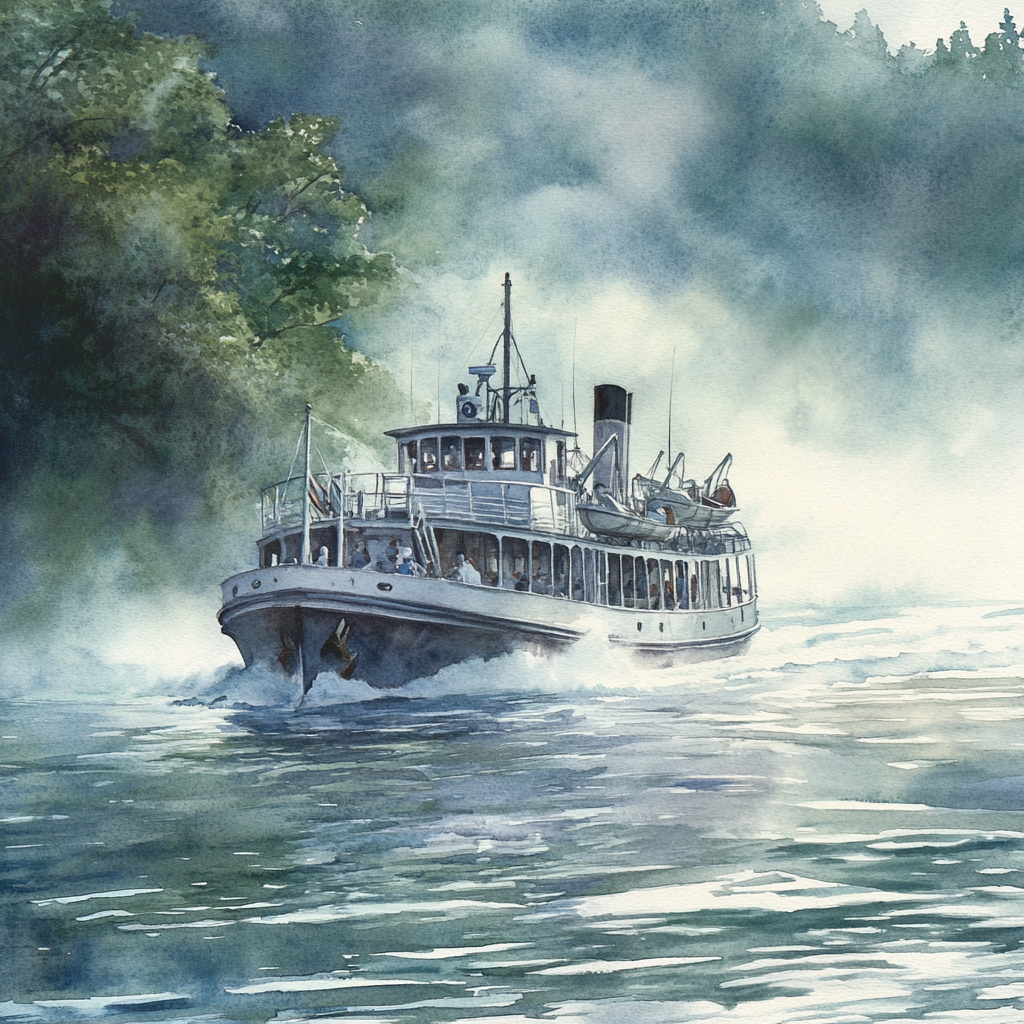
Connecting the Island
Originally served by the “Mosquito Fleet,” a collection of small steamers and other vessels that buzzed between the Puget Sound communities, Vashon Island’s transportation evolved significantly over the decades. Washington State Ferries took over the region’s ferry service, establishing major docks and enhancing the island’s connectivity with the mainland. This transition began in earnest in 1951 when the state-run ferry system was inaugurated, marking a new phase in Vashon’s transportation history. The introduction of larger, more reliable ferries improved access and integration with the broader Seattle area, providing a vital link for residents and visitors. Additionally, the modern passenger-only ferry service, started in recent years, continues to offer more direct routes to Seattle, catering specifically to commuters.
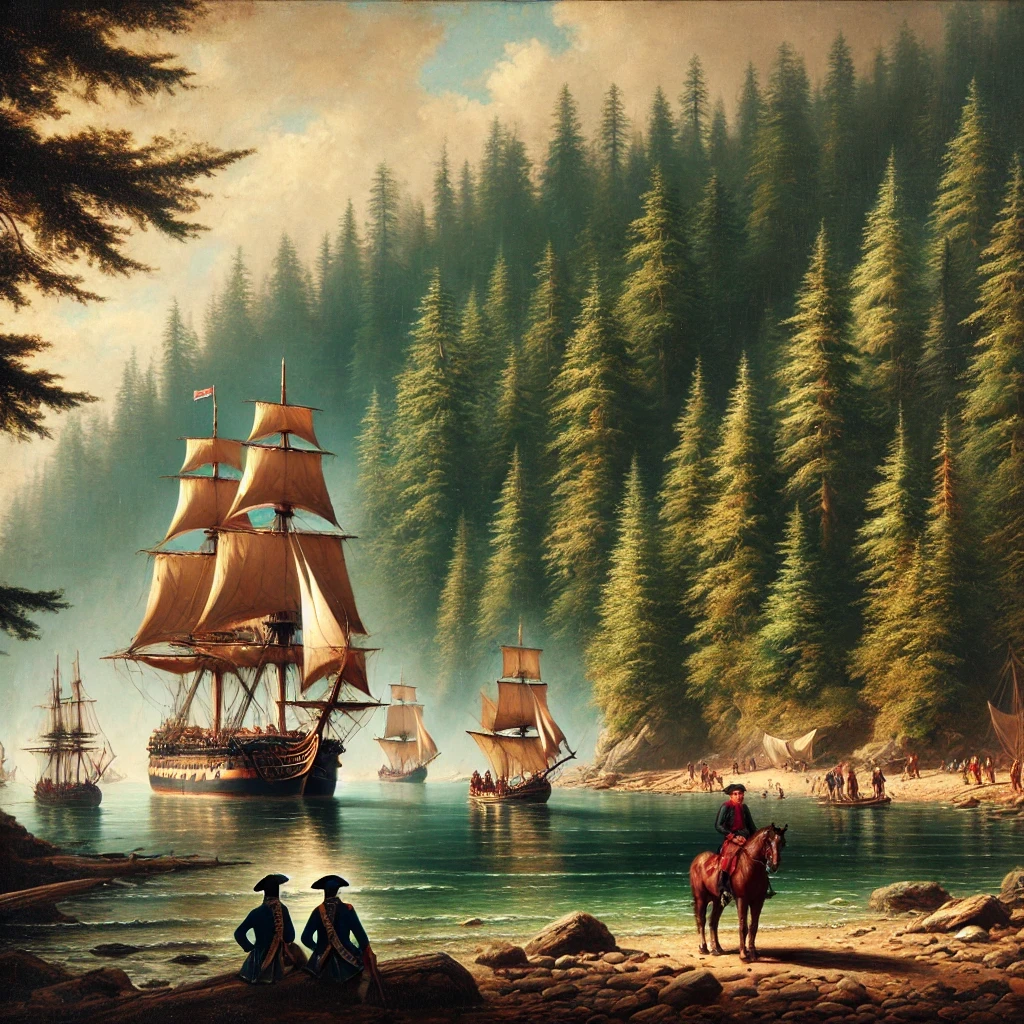
Early Exploration and Settlement
In the 1790s, the British Navy’s Discovery sought the Northwest Passage through Puget Sound, encountering harsh conditions. By 1841, American explorers led by Captain Charles Wilkes mapped Vashon, noting nearby Maury Island. This marked the beginning of increased interest and eventual settlement on the island.
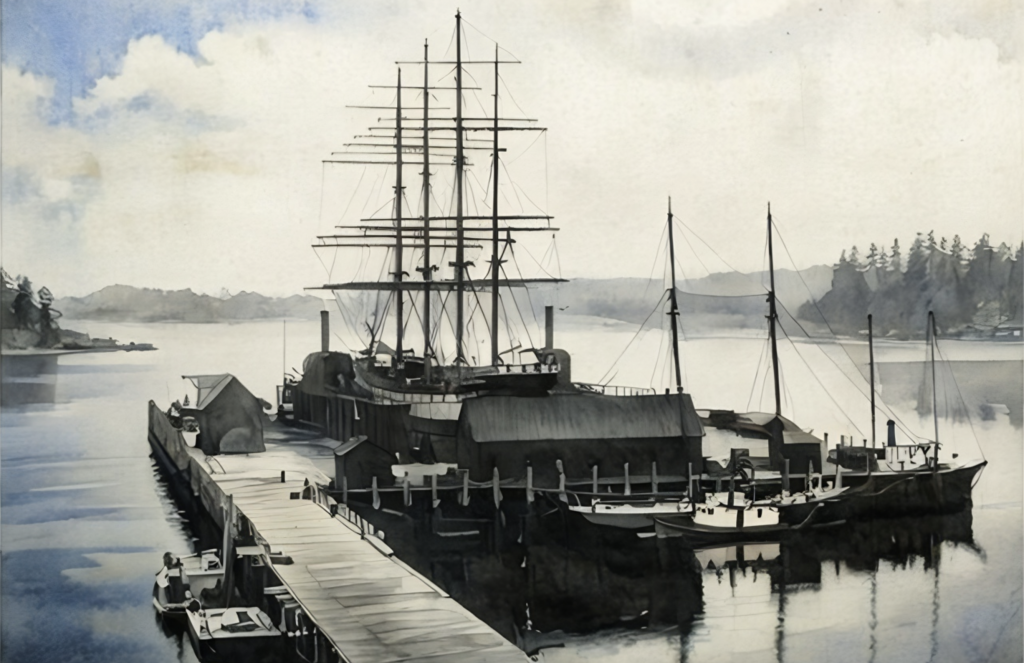
Dockton: A Shipbuilding Hub
Dockton Village on Maury Island was a prominent shipbuilding and repair center from 1892 to 1929, hosting the largest dry dock on the West Coast. As the shipbuilding demand declined, Dockton transitioned, reflecting the area’s evolving economic landscape. By the 1940s, the village had transformed into a recreational spot, with its industrial past giving way to a popular swimming destination. Today, Dockton is a cherished area on Maury Island, known for its scenic waterfronts and recreational appeal. It stands as a testament to the island’s dynamic history, attracting visitors eager to experience its natural beauty and historical significance.
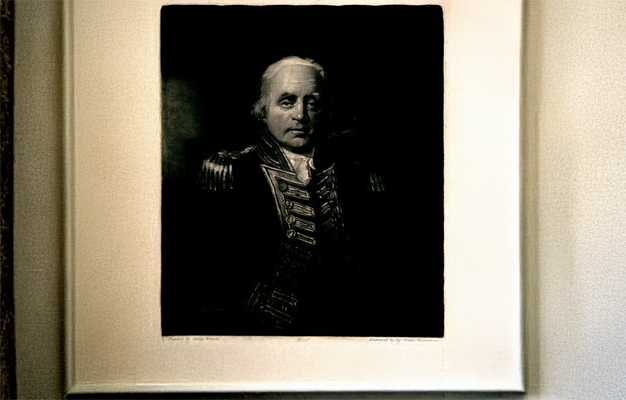
Where did Vashon get its name?
In 1792, Captain George Vancouver named Vashon Island in honor of his esteemed colleague, James Vashon, who was an admiral in the British Navy. This naming was part of the broader European exploratory endeavors during that era, which often involved christening new discoveries in honor of influential figures back home. The choice of name for Vashon Island underscores the deep influence of European exploration and its lasting impact on the region’s identity. This tradition of honoring notable individuals through geographical names was common among explorers to immortalize their contributions to naval history and exploration.
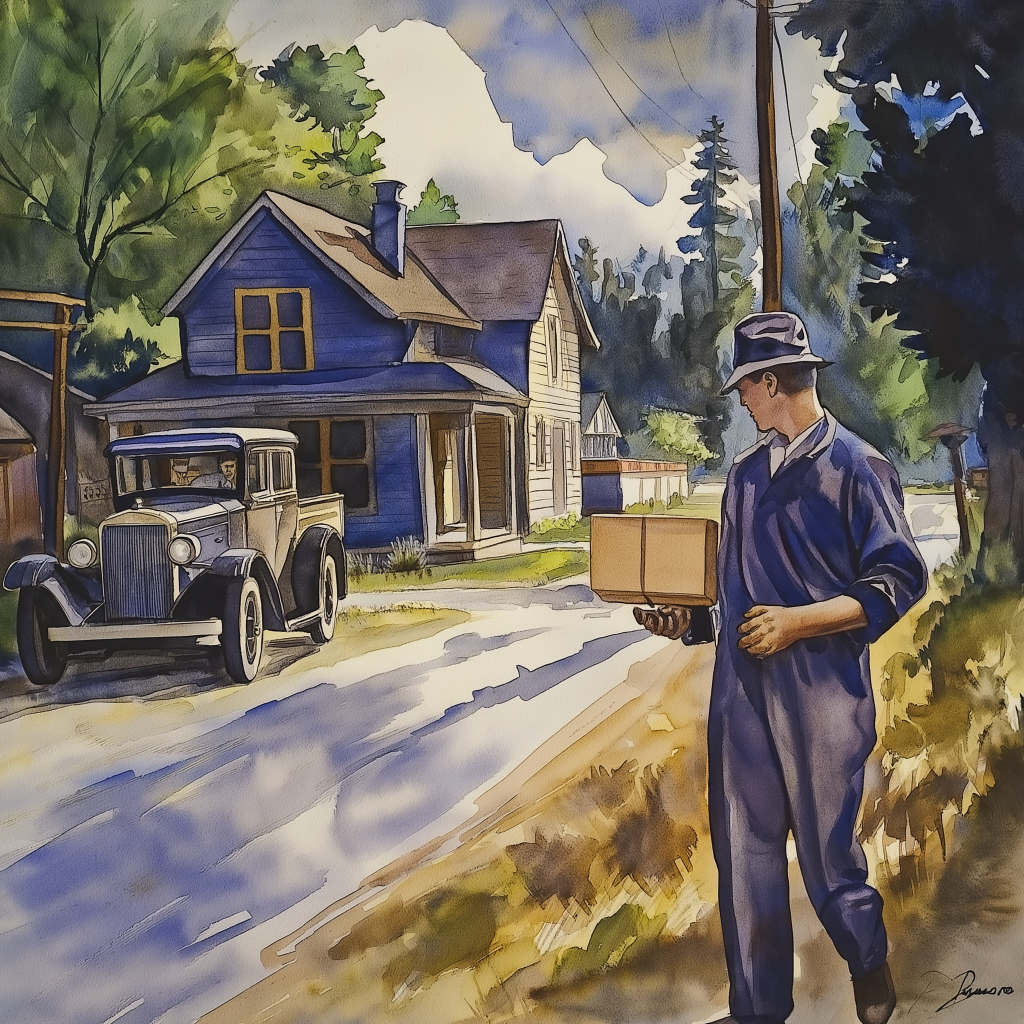
Evolution of the Postal Service
In the late 1800s, Vashon Island’s postal services were initially basic and adapted over time as the community’s needs grew. Before the use of cars, mail delivery relied heavily on the Mosquito Fleet, small steamships that ferried letters and packages alongside passengers across Puget Sound. Once ashore, mail carriers on horseback or on foot navigated the island’s few roads and trails to distribute the mail. This system highlighted the crucial role of reliable communication channels in maintaining the social and economic fabric of the island community during a period of significant growth and change.
Where is the bike in the tree on Vashon Island?
The Bike in the Tree on Vashon Island offers an intriguing glimpse into local lore. According to legend, the bicycle was left by a young boy in the 1950s who received it as a hand-me-down from his sister. Not wanting a girl’s bike, he hid it in the woods, where it was soon forgotten. Over the decades, nature took its course, and the tree grew around the bike, embedding it within its trunk. This peculiar and captivating sight has since become a symbolic landmark, drawing the curiosity of both visitors and residents who marvel at how the tree has swallowed the bike whole. The famous Bike in the Tree is located along Vashon Highway on private property and has been vandalized beyond recognition.

The use of “camp” and “quartermaster road” suggests military training was maybe done in WWII? Any knowledge of that? Thx!
My uncle lived here briefly before joining the Peace Corps in the early 1970’s. Said he loved it there! He now lives on the island of Tasmania in Australia- guess islands were his destiny.
When did the first Vashon Health Clinic start in Burton?
Stories like this, and still Hollywood insists on more Batman movies. I want to see an Asian epic movie overcoming redlining, internment, to reclaim their land.
Always interested in Washington history since I was born in Seattle in the 1950’s. Unfortunately we moved to Pittsburgh when I was quite young, but remember seeing friends on San Juan island, and walking Puget Sound picking up amazing driftwood.